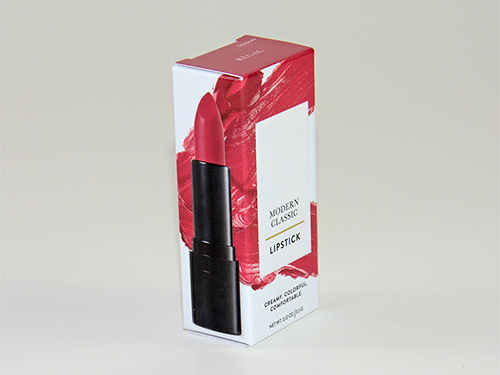General gases have the property of diffusing from high-concentration areas to low-concentration areas, and water vapor is no exception. When the water vapor concentration in one side of the blister material or container is high (high humidity), while the other side has a low concentration (low humidity), the water vapor will move from the side with high concentration The low-concentration side penetrates. To completely cut off this penetration, only thicker metal and glass containers are used, and currently widely used moisture-proof materials (such as plastic films, etc.) cannot completely prevent penetration. The speed of water vapor passing through the packaging material or container generally conforms to the law of gas diffusion, which is proportional to the effective area of the material or container, and is proportional to the pressure gradient of water vapor on both sides of the material and container.
The moisture-proof performance of packaging materials or containers depends to a large extent on the moisture-permeability of the moisture-proof materials or containers used, which is usually expressed by the concept of moisture permeability. The moisture permeability of the packaging material refers to the mass of water and swallow air permeated per unit area and unit time, and its unit is g (m2 24h).
The value of moisture permeability is greatly affected by the measurement conditions and methods. Determination of moisture permeability of moisture-proof packaging containers adopts the weighing method. The moisture-proof packaging container that is dry inside is placed in an environment with a temperature of 40°C ± 3°C, a relative humidity of 87% to 93%, and an airflow rate of lm/s, and the mass of water vapor entering the packaging container within 30d. It can also be measured by the same method as the moisture-proof packaging material.
The moisture permeability of the material or container is high, the moisture resistance is low, and the moisture permeability is small, the moisture resistance is high. The moisture permeability of metal and glass with a certain thickness can be regarded as zero. The situation is different for some multi-layer papers (also laminates), where the moisture permeability measured from the high and low humidity sides is different. This kind of material with different moisture permeability in two directions is called bifacial moisture permeability material. The moisture permeability of both sides or one side of this material is affected by the humidity on both sides of the material. When this material is used for stacking, in order to minimize the total moisture permeability, the side with higher humidity needs to be placed on the side with low humidity. This double-sided moisture-permeable material is very important for interiors with high humidity.

 Chinese
Chinese English
English
